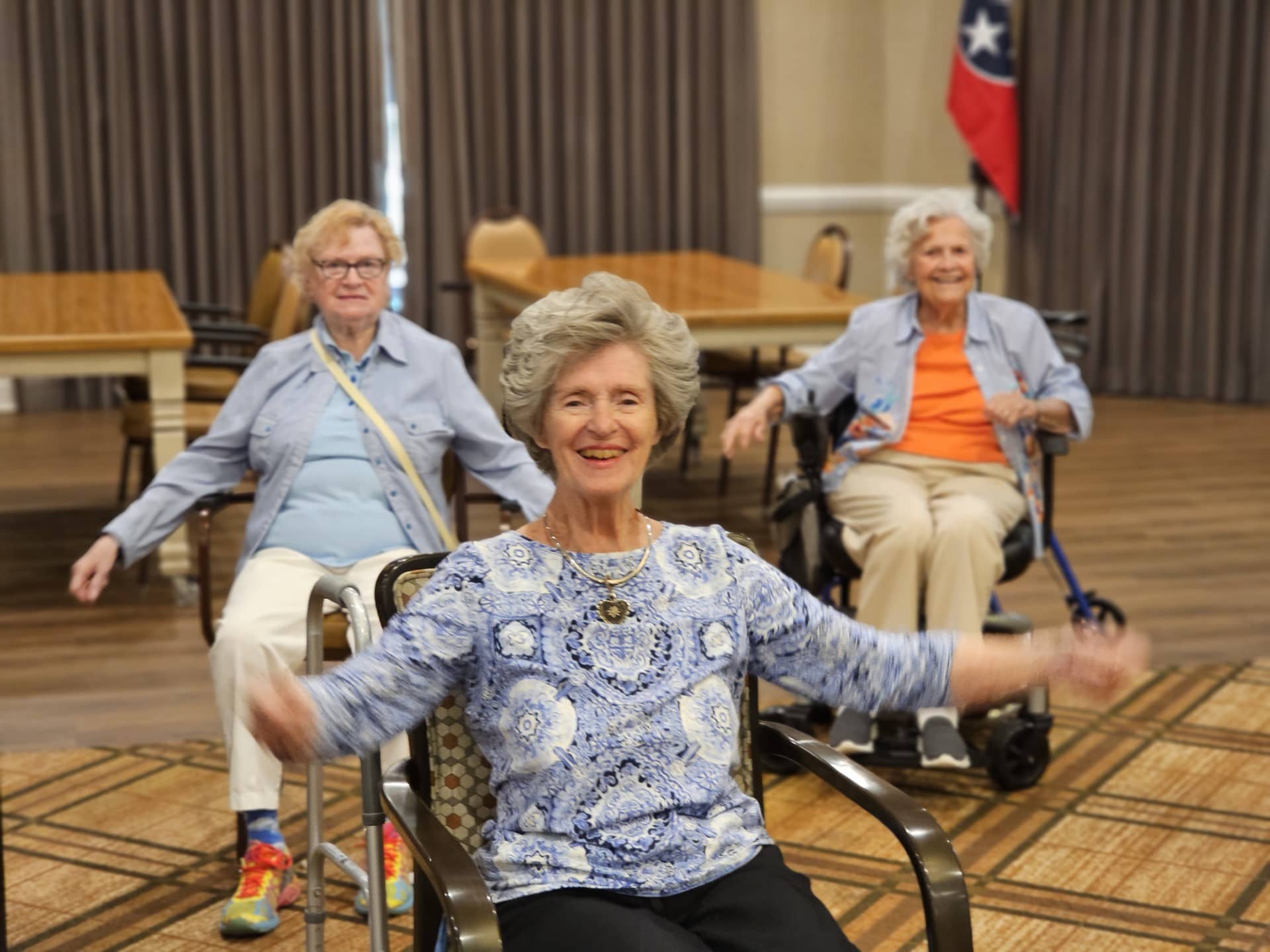Sept. 22 is Fall Prevention Day! Fall prevention is a crucial topic, especially for those 65 and older. According to the CDC, 1 out of every 4 older adults falls each year. These falls can result in serious injuries, such as hip fractures or head trauma. However, there’s good news: many falls are preventable! At Morning Pointe Senior Living, we’d like to share some simple strategies to help our cherished seniors stay on their feet.
~
1. Light Up Your Life
Proper lighting is essential for visibility. Keep living spaces well-lit and replace burnt-out bulbs promptly. Consider adding night lights in hallways, bathrooms, and stairways to make getting up during the night safer.
~
2. Declutter
Loose rugs, cluttered furniture, or electrical cords can act as obstacles that may cause falls. Clear pathways in all areas of your home, making sure that high-traffic areas are free of obstructions.
~
3. Invest in Non-Slip Footwear
A good pair of shoes is worth its weight in gold. Choose non-slip, supportive shoes that are appropriate for indoor and outdoor activities. Remember, socks and slippers can be slippery, so opt for footwear with a grip, like athletic shoes.
~
4. Install Handrails and Grab Bars
Handrails in hallways and stairways, as well as grab bars in the bathroom, can offer crucial support. These aids can provide extra stability when moving up or down steps, standing, or getting out of the bathtub.
~
5. Exercise Regularly
Did you know physical activity can help prevent falls? It improves strength, balance, and coordination. Consult your healthcare provider for a routine that works for you, but common activities like walking, swimming, or specific balance-focused exercises can make a big difference.
~
6. Maintain Regular Health Check-ups
Regular check-ups are essential for monitoring overall health. Review your medications with your healthcare provider to identify those that may cause dizziness or drowsiness, both of which could increase your risk of falling.
~
7. Utilize Appropriate Assistive Devices
Canes or walkers can provide additional stability. If you’re using these devices, make sure they are the right height for you and are in good condition. Your healthcare provider can guide you on how to use them correctly.
~
8. Reach Out for Help
Don’t hesitate to ask for help when you need it, whether it’s carrying something heavy or tackling a set of stairs. Remember, it’s okay to ask for assistance.
~
By integrating these simple steps, you can lower your risk of falling and the health complications that can arise from it. Take care and stand strong!






